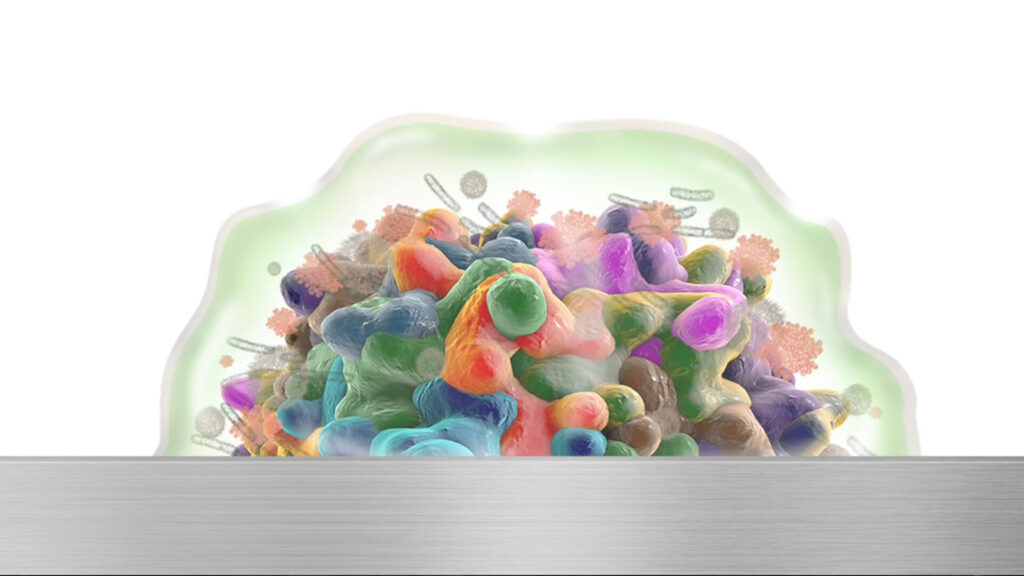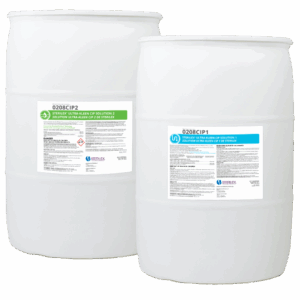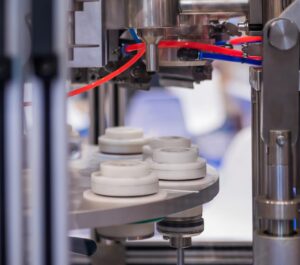Understanding the Difference Between Biofilm Kill vs Biofilm Removal EPA Labeling Claims
The EPA maintains two separate claims on biofilm: kill of biofilm bacteria on hard surfaces and removal of biofilm from surfaces. This paper explores the key differences between the two and how it can affect food safety and sanitation programs, as well as chemical mechanisms for controlling biofilm.
Eliminação de biofilme vs. remoção de biofilme
The EPA maintains two separate claims on biofilm: kill of biofilm bacteria on hard surfaces and removal of biofilm from surfaces. This paper explores the key differences between the two
and how it can affect food safety and sanitation programs, as well as chemical mechanisms for controlling biofilm. Biofilm occupies an interesting space in the U.S. Regulatory environment. The EPA has long recognized the protective habitat created by biofilms is a public health concern and should be treated and regulated as a pest. Pesticide regulations are designed to fit control/kill claims to specific organisms or classes of organisms. Biofilms act as protection for a variety of pathogens and organisms, making regulation difficult. Because of this, the EPA has two different classes of claims related to biofilm: removal of the biofilm from a hard surface and kill of bacteria creating the biofilm. Understanding the key physical and regulatory differences between these claims is essential for control of biofilm in food production environments.



